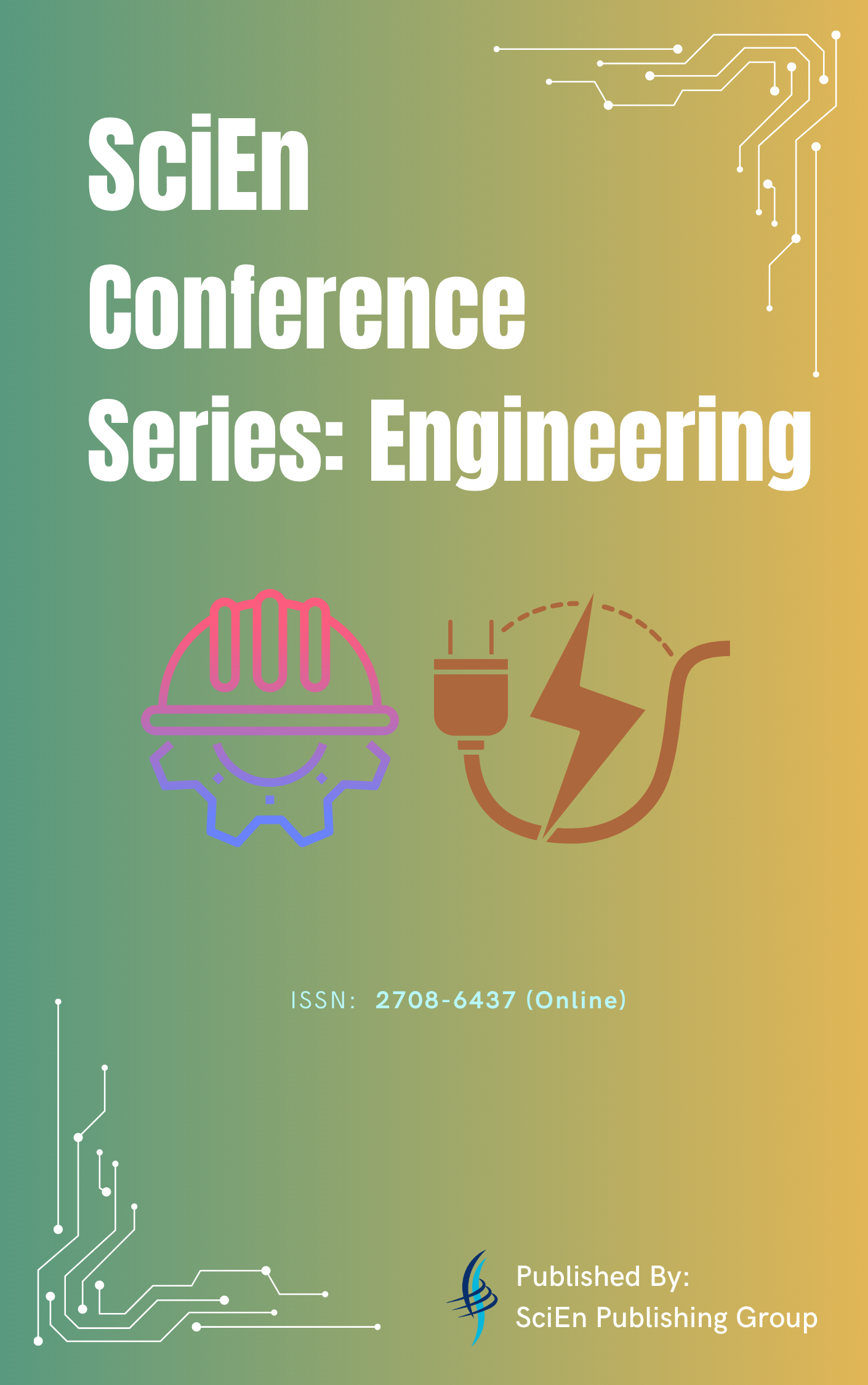Prioritization of Effective Lean Tools for Reliability Analysis & Maintenance Strategy
DOI:
https://doi.org/10.38032/jea.2022.03.006Keywords:
Reliability, Availability, Weibull Analysis, Non-homogenous Poisson Process, QFD-AHP, Maintenance ExcellenceAbstract
Asset or equipment reliability and availability have occupied extensive attention because of an emerging competitive environment and the overall operating and production cost. The main focus of this manuscript is to prioritize the lean tool and select an appropriate maintenance strategy for the repairable assets in the maintenance shop of the SIMGA1 shipyard. Five (5) assets of that maintenance shop such as an air compressor machine, 500-ton press machine, overhead crane machine, VDF lathe machine, and Roller machine were under breakdown maintenance. Due to the continuous degradation of those assets, attempts should be taken to enhance the reliability parameters by predicting upcoming failure events for each equipment or asset. QFD-AHP is a rapid tool in which quality function deployment is integrated with AHP to make an optimal selection. Firstly, the integrated QFD-AHP method is employed to prioritize the lean tools for that maintenance shop. 5S and KPI are the best fit for that shop among ten lean tools. Non Homogenous Poisson Process (NHPP) is a model which represents the no. of failure experienced up to time (t). NHPP and Weibull analysis are utilized to predict future failure events and analyzed the nature of the failure accordingly. From the results of the Weibull analysis and NHPP analysis, it is shown that the slope (β) of the failure rate is greater than 1 for all assets. Overhead crane m/c and 500-ton press m/c are the most critical m/c according to equipment criticality analysis. Finally, a decision diagram is utilized to extract the most congruent maintenance strategies based on the reliability parameter of five (5) assets. The approach employed in this study helps maintenance practitioners to achieve lean maintenance.
References
Tendayi, T.G., 2013. An investigation into the applicability of lean thinking in an operational maintenance environment (Doctoral dissertation, Stellenbosch: Stellenbosch University).
Chuang, P.T., 2001. Combining the analytic hierarchy process and quality function deployment for a location decision from a requirement perspective. The International Journal of Advanced Manufacturing Technology, 18(11), pp.842-849. DOI: https://doi.org/10.1007/s001700170010
Barabady, J., 2005. Improvement of system availability using reliability and maintainability analysis (Doctoral dissertation, Luleå tekniska universitet).
Ruan, A. and Shangguan, J., 2010, August. Study on a new approach of rank preservation in Analytic Hierarchy Process. In 2010 International Conference on Intelligent Control and Information Processing (pp. 73-77). IEEE. DOI: https://doi.org/10.1109/ICICIP.2010.5564236
Mostafa, S., Dumrak, J. and Soltan, H., 2015. Lean maintenance roadmap. Procedia Manufacturing, 2, pp.434-444. DOI: https://doi.org/10.1016/j.promfg.2015.07.076
Duran, O., Capaldo, A., & Acevedo, P. A. D. (2017). Lean maintenance applied to improve maintenance efficiency in thermoelectric power plants. Energies, 10(10), 1–21. DOI: https://doi.org/10.3390/en10101653
Irajpour, A., Fallahian-Najafabadi, A., Mahbod, M.A. and Karimi, M., 2014. A framework to determine the effectiveness of maintenance strategies lean thinking approach. Mathematical Problems in Engineering, 2014. DOI: https://doi.org/10.1155/2014/132140
Zarei, M., Fakhrzad, M.B. and Paghaleh, M.J., 2011. Food supply chain leanness using a developed QFD model. Journal of food engineering, 102(1), pp.25-33. DOI: https://doi.org/10.1016/j.jfoodeng.2010.07.026
Vaidya, O.S. and Kumar, S., 2006. Analytic hierarchy process: An overview of applications. European Journal of operational research, 169(1), pp.1-29. DOI: https://doi.org/10.1016/j.ejor.2004.04.028
Partovi, F.Y., 2006. An analytic model for locating facilities strategically. Omega, 34(1), pp.41-55. DOI: https://doi.org/10.1016/j.omega.2004.07.018
Ho, W., 2008. Integrated analytic hierarchy process and its applications–A literature review. European Journal of Operational Research, 186(1), pp.211-228. DOI: https://doi.org/10.1016/j.ejor.2007.01.004
Tang, Z., Zhou, W., Zhao, J., Wang, D., Zhang, L., Liu, H., Yang, Y. and Zhou, C., 2015. Comparison of the Weibull and the crow-AMSAA model in prediction of early cable joint failures. IEEE Transactions on Power Delivery, 30(6), pp.2410-2418.
Muhammad, M.B., Raza, T. and Abd Majid, M.A., 2016. Prediction Of Failures By Using Crow/AMSAA Model In Microsoft Excel.
Tang, Z., Zhou, W., Zhao, J., Wang, D., Zhang, L., Liu, H., Yang, Y. and Zhou, C., 2015. Comparison of the Weibull and the crow-AMSAA model in prediction of early cable joint failures. IEEE Transactions on Power Delivery, 30(6), pp.2410-2418. DOI: https://doi.org/10.1109/TPWRD.2015.2404926
Afzali, P., Keynia, F. and Rashidinejad, M., 2019. A new model for reliability-centered maintenance prioritisation of distribution feeders. Energy, 171, pp.701-709. DOI: https://doi.org/10.1016/j.energy.2019.01.040
Hemmati, N., Galankashi, M.R., Imani, D.M. and Farughi, H., 2018. Maintenance policy selection: a fuzzy-ANP approach. Journal of Manufacturing Technology Management. DOI: https://doi.org/10.1108/JMTM-06-2017-0109
Downloads
Published
Issue
Section
License
Copyright (c) 2022 Sadia Tamanna, M Mishkatur Rahman

This work is licensed under a Creative Commons Attribution-NonCommercial 4.0 International License.

